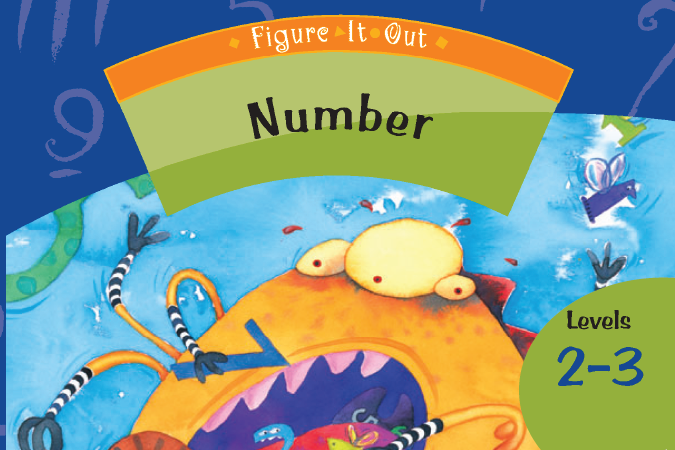On the cards
This is a level 2 number activity from the Figure It Out series. It relates to Stage 5 of the Number Framework. A PDF of the student activity is included.

About this resource
Figure It Out is a series of 80 books published between 1999 and 2009 to support teaching and learning in New Zealand classrooms.
This resource provides the teachers' notes and answers for one activity from the Figure It Out series. A printable PDF of the student activity can be downloaded from the materials that come with this resource.
Specific learning outcomes:
Show understanding of place value using digit cards to make numbers.
On the cards
Achievement objectives
NA2-2: Know forward and backward counting sequences with whole numbers to at least 1000.
Required materials
- 4 sets of numeral cards
- Figure It Out, Level 2-3, Number, " On the Cards ", page 7
See Materials that come with this resource to download:
- On the cards activity (.pdf)
Activity
Digit cards can easily be made from file cards or offcuts. They have a variety of uses, either independently or in conjunction with other equipment.
Encourage students to use a systematic approach to finding all the possible numbers. This may involve using a tree diagram or writing an organised list. For the digits shown in this activity, one strategy might be:
13 |
31 |
51 |
81 |
15 |
35 |
53 |
83 |
18 |
38 |
58 |
85 |
All possible two-digit numbers |
|||
135 |
315 |
513 |
813 |
138 |
318 |
518 |
815 |
153 |
351 |
531 |
831 |
158 |
358 |
538 |
835 |
183 |
381 |
581 |
851 |
185 |
385 |
583 |
853 |
All possible three-digit numbers |
|||
For less able students, the problem can be limited to two-digit numbers. You could place the numbers on a number line in relative position and ask questions like “Which number is closest to 45?”

Distance on a number line is a nice model for solving “closest to” problems:
Students will need more advanced strategies for solving “closest to” problems with three-digit numbers. For example: “Which number is closest to 469?”

Students will need to apply place value knowledge and realise that the digit with the highest place value in each number is considered first when determining “greater than” or “less than” relationships. For example, to determine which is greater, 79 or 81, the digits in the tens place have the greatest total value and must be compared first. This can become complex when numbers with three or more digits are involved, for example, 619 and 641. The hundreds digits are compared first (the same value) and then the tens (40 is greater than 10).
Activity 1
1.
Two-digit numbers: a maximum of 12
Three-digit numbers: a maximum of 24
The two- and three-digit numbers will vary, depending on the cards the student has dealt.
2.
Answers will vary, depending on the cards the student has dealt.
Activity 2
Answers will vary.
The quality of the images on this page may vary depending on the device you are using.


